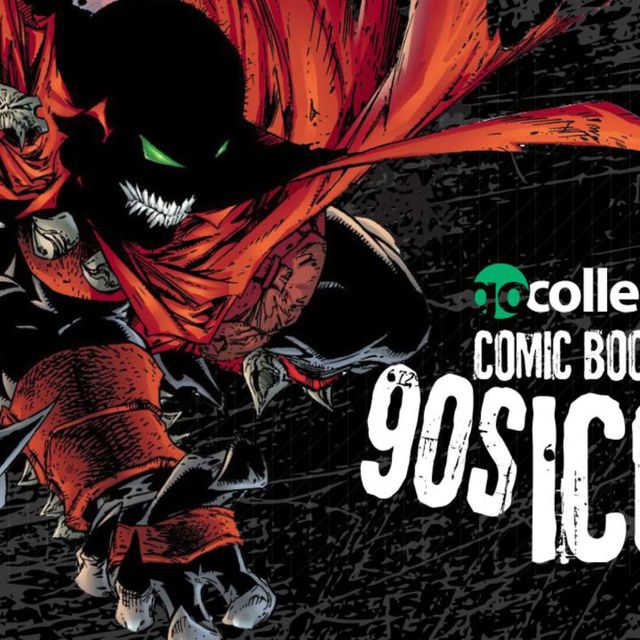 If you’ve been paying attention to the forums and review sites over the past few months, you may have noticed an outpouring of love for UK publisher Com.x. This is well-deserved praise as, although not boasting the largest bibliography to date, the folks at Com.x have consistently published great titles (Path being a personal fave) and introduced several amazing artists to the American comics audience. However, the latest round of excitement stems more from the re-release (in new and improved formats, of course) of two titles from earlier in this century, Cla$$War and Razorjack.
If you’ve been paying attention to the forums and review sites over the past few months, you may have noticed an outpouring of love for UK publisher Com.x. This is well-deserved praise as, although not boasting the largest bibliography to date, the folks at Com.x have consistently published great titles (Path being a personal fave) and introduced several amazing artists to the American comics audience. However, the latest round of excitement stems more from the re-release (in new and improved formats, of course) of two titles from earlier in this century, Cla$$War and Razorjack.
Let me just say real quick that Cla$$War is fantastic. I love this title, and this guy and that guy think it’s pretty great too. So I’m not going to spend a lot of time talking to its merits, but I would like to share with you one awesome two-panel spread that seems to be universally lauded by fellow pundits. Seriously. Tell me that isn’t sweet.
However, what I really wanted to talk about today is the Com.x release (collected in graphic novel format for the first time) of John Higgins’ Razorjack. Over the course of Higgins’ career, which included amongst its many highlights being the colorist for Watchmen and working on numerous Judge Dredd tales, he has explored a great many motifs, styles, and worlds. This seems a proper pedigree to Razorjack, on which he fulfills both wordsmith and artistic duties with equal skill.
The story from a thousand feet is roughly thus: an interconnected sequence of events spanning dimensions, create a nexus that gives the death-bitch, Razorjack, and her twisted handmaidens (the twist bitches pictured above) the opportunity to finally break through into our world. Our world also happens to be the most important dimension of them all–The Core Dimension. Three college kids inadvertently create the opening from the alternate universe of The Twist Dimension and become a focus for the evil that is Razorjack. Meanwhile, maverick cops, Frame and Ross, are drawn into what could be the final battle between good and evil.
Razorjack is, to pun concisely, twisted. It is a multi-faceted tale that spans dimensions and perspectives, while necessitating a certain leap of faith on the reader’s end that seemingly disparate story and character fragments will ultimately coalesce into a cohesive whole. And for the most part this does happen. However, Razorjack is also a tale told in an intentionally fragmentary fashion, and this is not a criticism so much as it is a realization that Higgins is not trying to give us pre-packaged pap. I struggled with this title initially. Razorjack will confuse you. You will on at least one occasion turn back a few pages, while going “Huh?” You will also have moments of realizing “Aha! That’s what they were talking about!” And in the end you will be sad that there isn’t any more.
Ultimately, albeit having struggled in the short term with Higgins’ scripting, I find myself replaying scenes and motifs from the story in my brain and thinking on it long past my last reading. This, in and of itself, constitutes a thumbs up on my part. But beyond the writing, it is the opportunity to see a world created, envisioned, and realized through the visual artistry of John Higgins that keeps coming back to mind. There are some, frankly, amazing panels throughout the entire collection . . . and Razorjack and her twist bitches are just downright freaky. For fans of horror with a tinge of crime noir (or vice versa), Razorjack comes highly recommended.
What do you think? Worried about the safety of the Core Dim after reading this? Or do you think my take on the tale is a bit off-center? Let us know!




